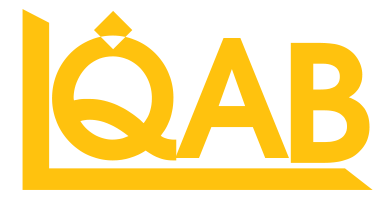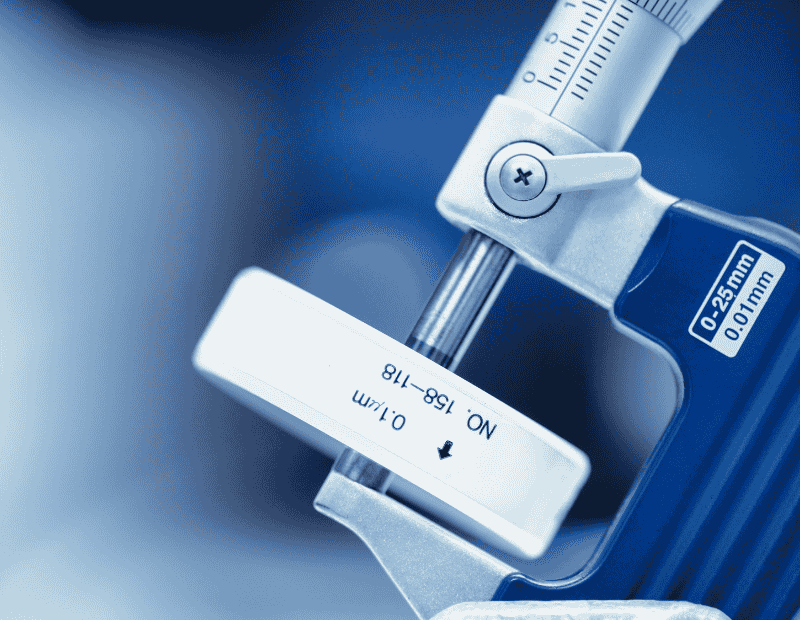1. Introduction: Why Accuracy Matters in Everything We Do
Have you ever tried to bake cookies, and halfway through, you realized the oven wasn’t hot enough? You check the cookies, and instead of being crispy and golden, they’re flat and doughy! Super frustrating, right? Well, that’s probably because the oven wasn’t at the right temperature.
Now, imagine using a thermometer to check the temperature and it’s not giving you the right reading. Whether you’re cooking, doing a science experiment, or even storing medicine, the temperature has to be just right.
That’s where thermal calibration comes in! It’s a simple way of making sure the tools we use to measure temperature are accurate, which helps everything go smoothly – from baking cookies to running experiments in class!
2. What is Thermal Calibration?
So, what exactly is thermal calibration? In simple words, it’s like making sure your thermometer or oven is showing you the right temperature.
How do we do that? We compare our tools with something that we know is always right – like using a “master” thermometer that’s perfect. Once we know how accurate our tool is, we can make sure it gives the correct temperature every time.
This is super important because we need to trust the temperature we’re getting, whether we’re cooking, experimenting, or even keeping medicine at the right temperature.
3. Why Is Thermal Calibration Important?
Imagine you’re doing a science experiment in class where you need to heat up a liquid to the right temperature. If your thermometer isn’t showing the right number, your whole experiment could go wrong, and your results won’t be correct. The same goes for baking! If your oven isn’t the right temperature, your cookies won’t bake properly.
It’s the same with medicine. If vaccines or other medicines aren’t kept at the right temperature, they might not work when you need them most.
That’s why thermal calibration is so important. It helps make sure your thermometer, oven, or fridge is always showing the right temperature, so things turn out the way they should – whether it’s a school experiment, your cookies, or storing medicine!
4. How Does Thermal Calibration Work?
Alright, how does thermal calibration actually work? Don’t worry, it’s not as tricky as it sounds! Let’s break it down:
- Check the tool: First, we check if the thermometer or oven is showing the right temperature.
- Compare with a master: Then, we compare it to a “master” thermometer (the super-accurate one).
- Adjust if needed: If the thermometer is wrong, we make small changes until it matches the master thermometer.
For example, let’s say you’re using a kitchen thermometer to check how hot your meat is. We would compare it to a master thermometer. If your thermometer shows 180°F but the master thermometer says it’s 190°F, we would adjust your thermometer until it matches the master. This way, you can be sure your food is cooked just right!
5. Who Needs Thermal Calibration?
So, who actually needs thermal calibration? It’s not just for scientists – anyone who uses temperature-sensitive equipment can benefit from it!
- Bakers need their ovens to be the right temperature for perfect cakes and cookies.
- Doctors and hospitals need fridges at the right temperature to store vaccines safely.
- Researchers need precise temperatures to make sure their experiments are accurate.
So, whether you’re baking cookies, running science experiments, or storing important medicine, thermal calibration helps make sure everything’s perfect!
6. Benefits of Thermal Calibration
The benefits of thermal calibration are huge! When everything’s calibrated correctly, you can trust that your temperature measurements are spot-on. Here’s how it helps:
- Bakers get perfectly baked cookies.
- Scientists get accurate experiment results.
- Doctors can safely store medicines.
All of this is possible because we trust the tools we use to measure temperature, thanks to thermal calibration.
7. Conclusion: How Thermal Calibration Makes Everything Work Right
To sum it all up, thermal calibration is all about making sure the temperatures are accurate. Whether you’re baking cookies, doing science experiments, or storing important medicine, you need to trust your temperature tools to give you the right information. Calibration helps make sure everything works the way it should – no mistakes, no surprises!
Want to learn more about how calibration can help make sure everything is accurate? Check out https://qualitylaboratory.in/ to learn how we can help businesses and everyday people get the most reliable results!


Hi, this is a comment.
To get started with moderating, editing, and deleting comments, please visit the Comments screen in the dashboard.
Commenter avatars come from Gravatar.